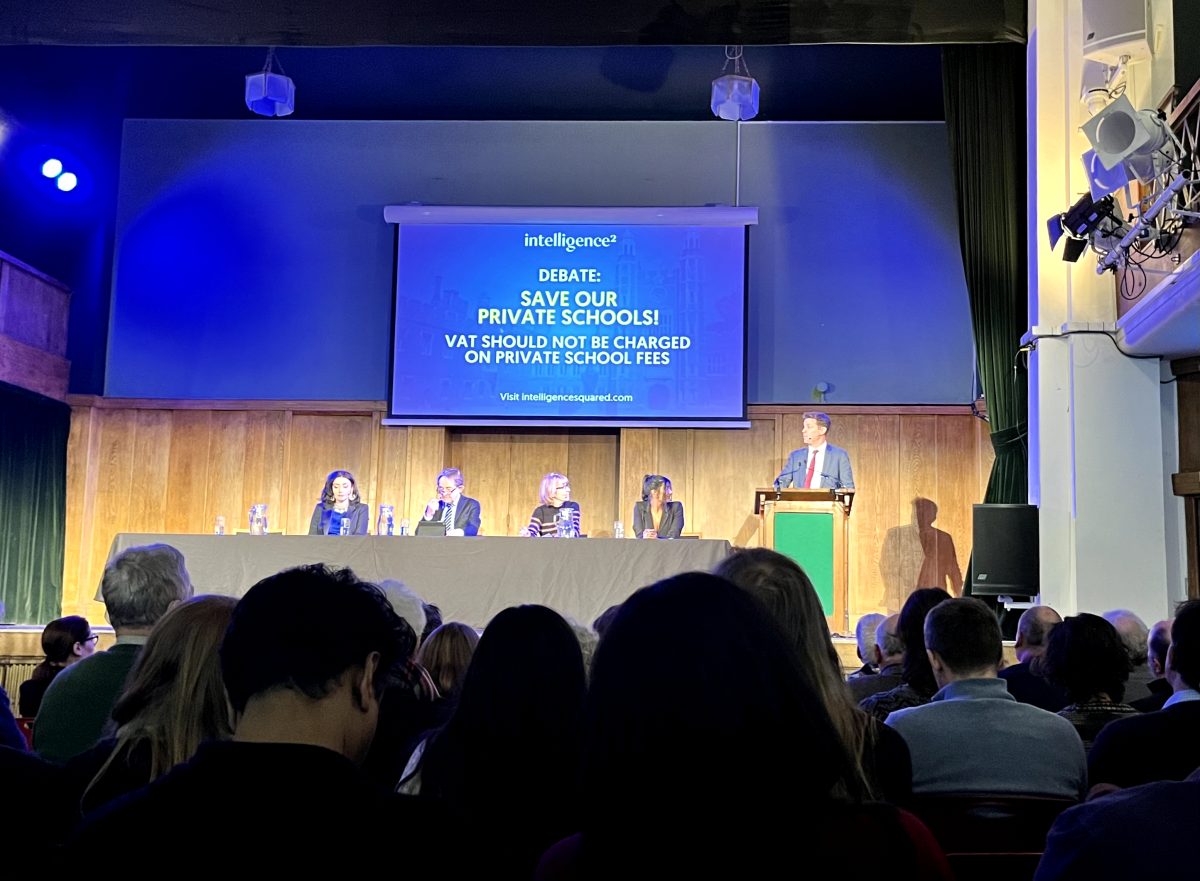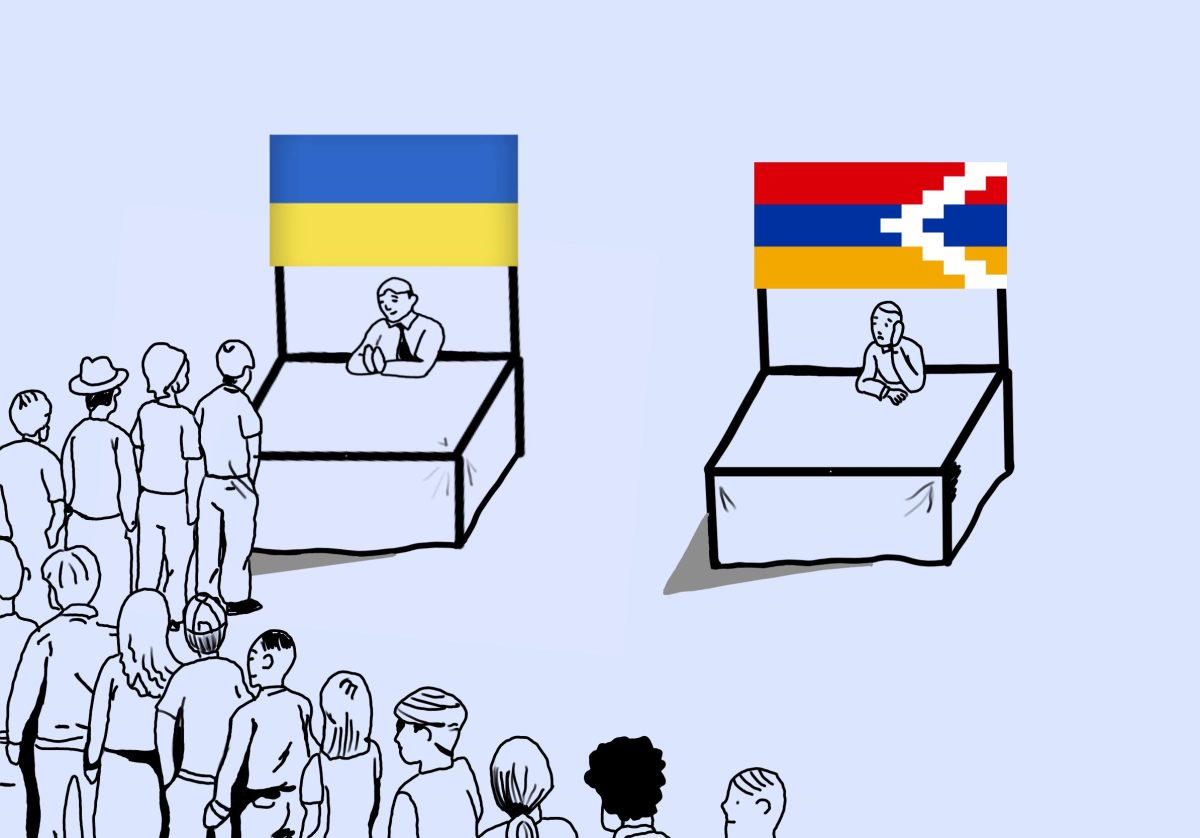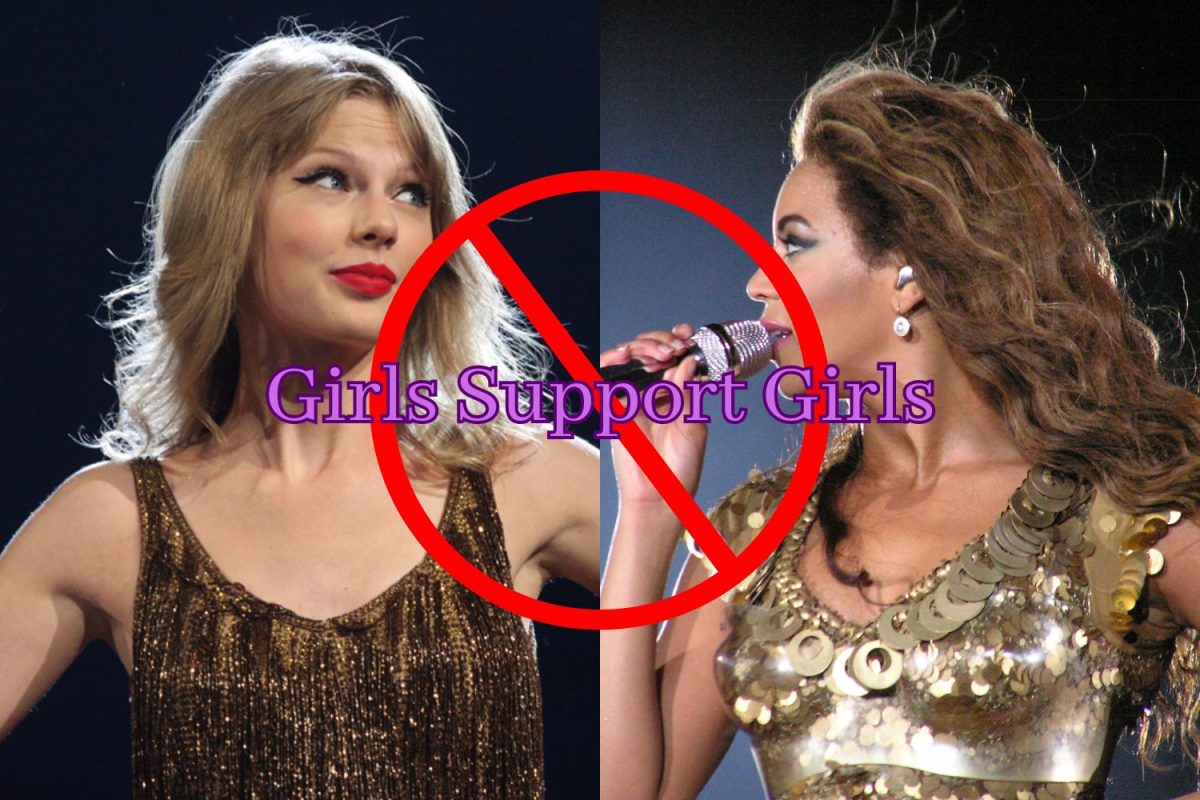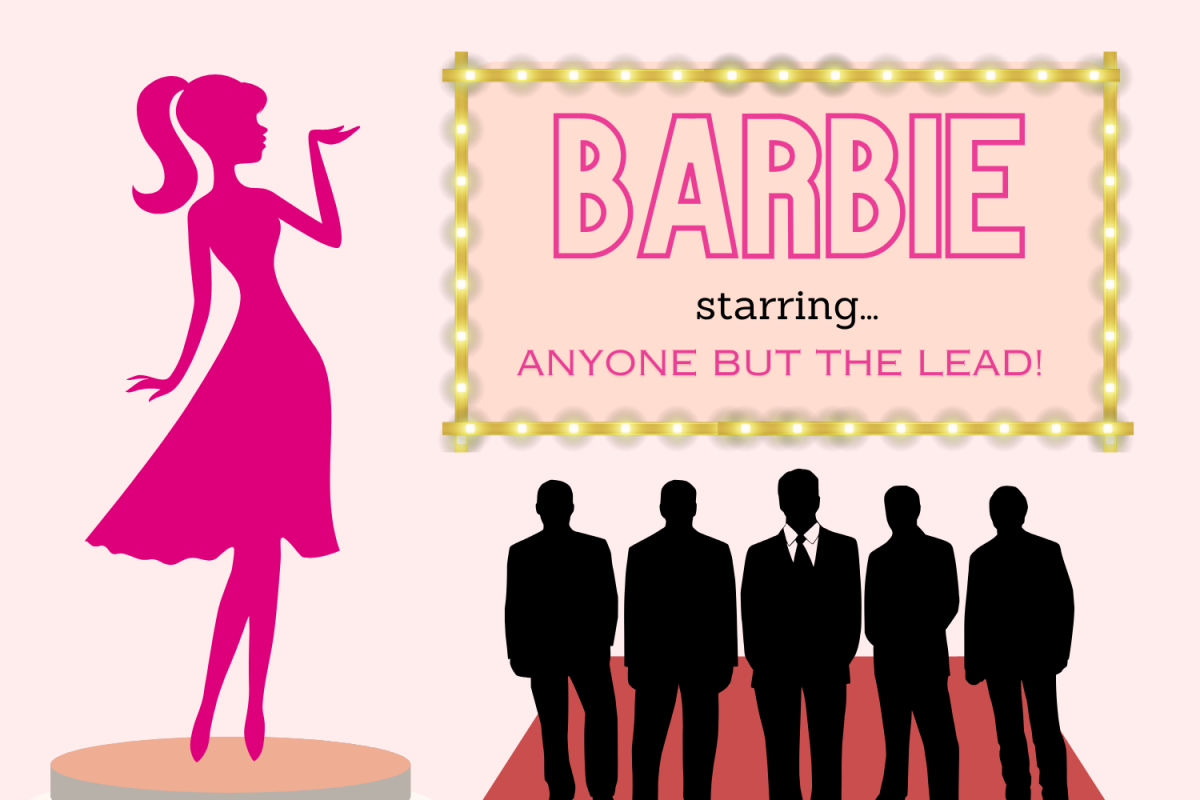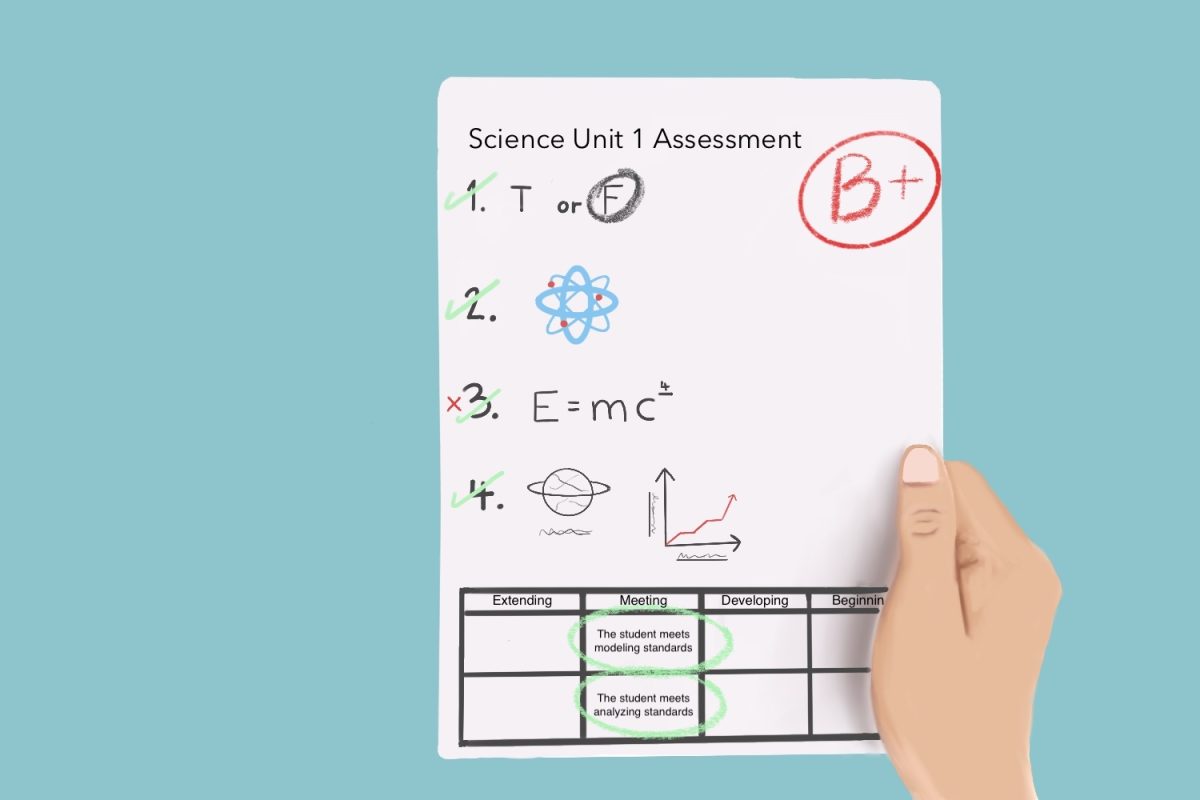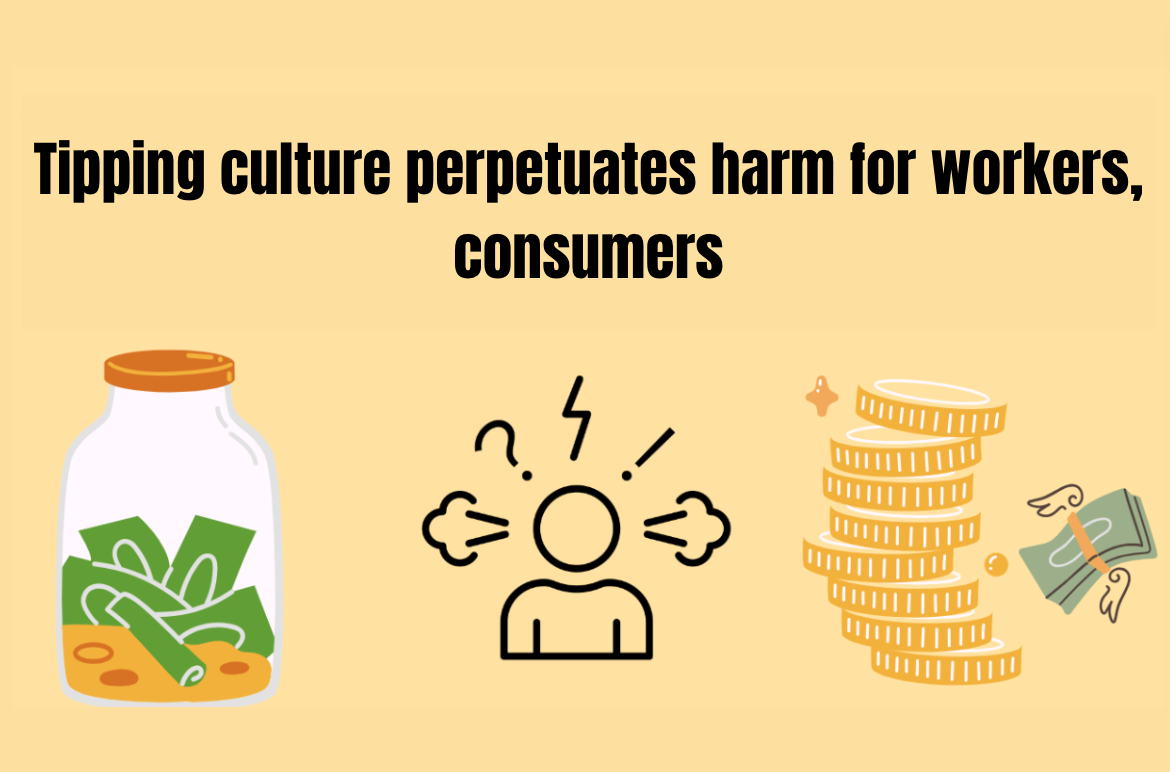Nadia Sawiris, Culture Editor:
When we read a headline relating to the death of children, it is a natural reaction for us to be abhorred; unfortunately, it often comes to cloud intelligent judgment on a more holistic level. At the start of summer, I let media, and only media, influence my point of view on what was occurring in the turbulent Middle East. Through social media, such as Instagram, Tumblr, and other image-sharing services, I was exposed to perturbing images, such as that of an Israeli soldier pointing a rifle at a Palestinian toddler. I became infuriated at the Israelis, likening them to butchers.
I was convinced about my opinion to the point where I would get into heated debates with anyone who disagreed with me. This was until I considered other people’s points of view. In a conflict as complex as the current situation in the Middle East, there are many factors that come into play – and looking at humanitarian casualties of small instances is ignorant to say the least. The Gaza-Israel conflict is simply not a “but they started it” war – it has escalated to a point where there is no clear aggressor and no clear victim.
In an effort to educate myself on the topic, and make sure my opinion was not blatantly ignorant such as ones usually found in Facebook statuses and Instagram posts, I read up a bit. I looked at the history of the region and conflict, read articles from a variety of sources and talked to people from both regions in order to be exposed to different views. I soon came to the realization that what seemed to be a form of massacre was actually a two-sided conflict for survival. On one end, the Israelis were defending their people and their livelihoods, who have been time and again persecuted for the nature of their religion since the dawn of time. On the other are the quarantined Palestinians, who are being deprived of a society, an economy, and more importantly, a life with security.
Photos assimilating the Israeli Defence Forces (I.D.F.) to Hitler’s Nazi regime, or depicting a Machiavellian Hamas force using its citizens as a human shield immediately resembled the propaganda that pacified the world into genocide in the 20th century.
When I spoke to an Israeli friend of mine, she emphasized that if it were up to Hamas, they would annihilate her people – stating that the only reason her country is acting the way they are is to avoid that. She constantly referred to it as an act of self-defence towards people who, most of the time, shoot first during ceasefires. “If we actually wanted to kill them, why would we tell them to evacuate before we bomb them?” she asked me. I don’t have an answer, and I don’t think anyone has the right answer. But that’s not what I’m here to argue: People must be knowledgeable on a topic before giving it an opinion, in the same way you expect a judge to hear the evidence before passing a verdict.
What I know is that I’m not Palestinian, nor Israeli. I haven’t been bombed and forced out of the home that my ancestors have been living in for generations, nor persecuted and hated for the association of my faith.
The conflict is not black and white, as decades of stalemates and still no solution will point out, so I urge you all to look past your emotions – those often elicited by the sensationalized media – and to look to information. Look around and have an open mind towards ideas that may differ to yours. It’s like any debate in World Civilizations, do your research or you sound ignorant.
Sebastian Mayr:
Ninety kilometers to my south a man is plotting an attack on my vicinity, a small city to the north of Tel-Aviv. Safely hidden under one of Gaza’s countless “terror tunnels”, his next decision remains capricious, albeit an imminent one. Comfortably sitting in my own bedroom, which has of late been used as a temporary bomb shelter and is somewhat sequestered from the turmoil unfolding throughout the country, I can only speculate the surge of fear endured by the Iron Dome-free citizens of Gaza. A technological phenomenon no doubt, I almost feel guilty, sheltered by this impenetrable bubble, consolidated by the fact that the majority of Hamas rocket’s will immediately be intercepted by the Israel Defense Forces (I.D.F.).
My thoughts immediately return to the soldiers fighting on the frontline risking their lives for my safety, the recent public outcry by United States President Barack Obama and other Western leaders concerned about the preservation of innocent lives within Gaza. An array of unanswered questions flood my mind. Was there truly an I.D.F. sponsored attack on the United Nations (U.N.) school in Rafah that prompted the organizations leader, Secretary General Ban Ki-moon, to condemn Israel’s alleged immoral and criminal act? Were the “terror tunnels” intentionally constructed by the Islamic Jihad and Hamas to infiltrate Israeli territory on Rosh Hashanah, a Jewish New Year festival, and take as many Israelis captive as possible?
While the I.D.F. continues to nullify Hamas’ rocket attacks, which have paralyzed citizens with perturbation throughout the country, over 60 I.D.F. and six Israeli civilians have died, while sustaining over 1,300 injuries. Meanwhile, some 1,900 Gazans and militants- among them innocent children and civilians- have been killed by the conflict. I continue to question whether several of these deaths were indeed orchestrated by Hamas and Islamic Jihad militants, using methods of martyrdom and human shields to instil a sense of purpose and fuel surges of anti-Semitism throughout Europe and the globe? I fail to understand why many Palestinians who usually renounce violence supported Hamas’ recent endeavors. Yet I’ve also been confronted with videos and images of Israeli Jews watching from a hill in the town of Sderot, applauding the Iron Dome defense system shooting down incoming rockets and cheering as Israeli airstrikes penetrated and repeatedly hit Gaza.
I worry for the owner of a delicatessen on the corner of my street, Igal. With both of his son-in-laws called up for their respective military duties, he seems increasingly despondent these past days. Known for his benevolent and spirited character, Igal’s emotional hardship leads me to reconsider the gravity of the situations possible ramifications. To Igal’s own consternation, one of his son-in laws suffered three bullets to the stomach and hand one week later, a stark reminder of the ever-present peril unfolding within Gaza.
In late July, playing tennis just north of Tel-Aviv one night, a disconcerting siren echoes throughout the neighborhood, causing civilians, including myself, to drop our rackets and find the nearest shelter. Despite Israel’s unprecedented attempts to avoid human casualties, I am wholeheartedly convinced the I.D.F. is not purposely targeting innocent civilians, as countless articles and leaders have alleged.
Israel’s economically crippling blockade has certainly exacerbated the conflict. It is unacceptable that 1.8 million Palestinians continue to live in an open-air prison. Rebuilding Gaza’s infrastructure through the free flow of construction and building materials may be the best way to achieve safety and security. Yet how can this be made possible when the materials are instead used to create the terror tunnels? It pains me to think of the motives behind constructing such a sophisticated and extensive tunnel network. These tunnels required years of planning and millions of dollars to build, diverting a significant amount of funds which could have instead been allocated towards improving Gaza’s faltering infrastructure with the addition of buildings, schools and hospitals.
I cannot begin to express my relief over the recently open-ended truce agreement between both nations. While the gruesome images and terrifying realities of Operation Protective edge linger on, I do believe Palestine and Israel can reach a conclusive deal appeasing both, although Egyptian president Abdel Fattah el-Sisi, has refused to discuss the opening of the Rafah border.
Having returned to a more serene environment since my stay in Israel, I ask of the man hiding beneath his terror tunnel, was it worth it? How did it feel when more than 3,500 attempts failed to subdue and terrorize a nation? What was it like for him, watching an impervious bubble protect over eight million citizens, maintaining a near 90 percent success rate? This was the third war between Hamas and Israeli forces since 2009, and it won’t be the last, unless the proper lessons are finally learned.
Tyler Skow, Features Editor:
Firstly, let me declare that I have never been to Israel or Palestine; I have no family members who live there. My knowledge comes only from what friends have told me and what can be read in newspaper or watched on television. However, over the summer I was captivated by the events taking place in Israel and Palestine, so I dug a little bit deeper and reached a few conclusions.
I believe this conlfict it is without a doubt the largest international conflict of the century. Two states, stained by injustice, desperate for acknowledgment and fair treatment. This conflict has claimed the lives of women, children, soldiers, doctors, Jews and Muslims alike and has no clear end in sight. My understanding is that some 67 years ago the United Nations (U.N.) provided the Jewish community with a basic right, a right that they had been denied for centuries: The right to have a home, a place where they were in the majority. In this case, the justice done for the Jews proved to be an injustice for the Muslims living in what was Palestine, as at the expense of the Zionist movement, they were forced to leave their homes.
The second conclusion I reached is far more alarming. What has now become an international spectacle for foreign policy makers worldwide, the Israel-Palestine conflict is a movement that has the potential to completely wipe Palestine off of the map. In 1946, modern-day Israel was nearly completely in Palestinian majority. Originally what is modern-day Israel, Palestinians are now spread out through the West Bank and the Gaza Stip. This huge reduction in land mass has resulted in more than 4.7 million Palestinian refugees. From a western perspective, and coming from a country built off of the sentiment of different immigrants coming together to find peaceful coexistence, it can be difficult to imagine why this is such a dangerous situation. However, the need for Palestinian self determination, at this point is needed in order to preserve a nation with unique culture and history, otherwise, it may be wiped off of the map entirely. The fall of Yugoslavia epitomizes the danger of different ethnic groups living underneath the same roof, as upon its breakup into seven different nations, entire ethnicities were cleansed from society. Such conflicts arise when there’s a yearning to control disputed land and cultural differences that divide two factions, which is seen between Palestine and Israel.
My third conclusion is that no one side is ‘right’. In such a conflict, it is impossible to claim that one side is more morally deserving than the other. Nevertheless, Western nations have favored Israel and this has proven costly to the construction of any solution. The U.S. pro-Israel policy stems from a relationship that has grown over decades. Acting as blockade against Soviet expansion in the Middle East, Israel became a close ally of the U.S. during the Cold War. This displays a relationship the U.S. has forged out of cold hearted strategic gain, which consequently has left little support for the Palestinians. The Israeli-Palestine conflict has been perpetuated by the hegemonic support from Western powers towards Israel; thus this conflict is only resolvable if the international community provides Palestine with international legitimacy and immediate foreign aid. We have to remember that the Palestinians have to overcome exile from their home. However, I believe if the palestinians are presented with the ability to self-determine, like their Israeli counterparts, then peace can be found.
Tamara Masri, Guest Writer:
Last month, on August 26, I was relieved to hear that a ceasefire had finally been signed ending the latest round of armed aggression in the Gaza Strip and southern Israel. This summer I got my first taste of what it is like to be under occupation and an imposed curfew after witnessing Israeli soldiers raiding the near by Balata refugee camp in the middle of the night.
Balata is a refugee camp on the edge of Nablus that houses Palestinians who were exiled during the creation of the state of Israel in 1948. During my time this summer, I was staying at Tomorrow’s Youth Organization, an American nonprofit organization that enables disadvantaged children, youth and parents in Palestine to realize their potential as healthy, active and responsible family and community members.
One morning I faced children who had endured terrorizing attacks on their refugee camps the night before. Israeli soldiers were culpable for these attacks. The children explained that their fathers were arrested – without warrants – their bedrooms were trashed, and everything in site was burned to the ground. The Israeli soldiers were in search for answers as to the whereabouts of the three missing Israeli settlers, after being kidnapped in the West Bank. Their kidnapping was one of the tipping points in a series of bilateral altercations which resulted in a mutual downpour of bombs on the Gaza Strip and southern Israel this summer. However, due to the unbalanced access to resources, Israel’s armed aggression led to a larger death toll and devastation in the Gaza Strip.
This reckless war should be the last. The task before both sides now is to end the 47 year occupation over the West Bank and Gaza, and to rebuild Palestinian lives and homes from the devastation and destruction that has occurred. It is also time for the Palestinian and Israeli leadership, with American mediation, to establish a Palestinian state and to remove the three-metre wide, eight-metre high wall (declared illegal by the UN resolution 10/14) that encloses Palestinians within the West Bank. Despite the fact that Gaza has been under siege for the last seven years, half a million Palestinians have been forced to leave their homes, I still believe that the spirit of justice and common sense can prevail.
Palestinians and Israelis need to work together to foster a feeling of partnership between the two people in order to gain prosperity, a better future for their children and the ability to move freely on Palestinian land.
I recently read an article on CNN, written by Steve Almasy and Josh Levs, reporting that Nobel laureate Elie Wiesel had appeared in a new ad campaign stating that the conflict between Gaza and Israel is a battle between “those [Israelis] who celebrate life and those [Palestinians] who champion death.” One statement that Wiesel consistently returns to is that Palestinian hatred and the desire to destroy Israel is the root of the problem in the current conflict, and not that Israel is occupying Palestinian territories. Once Palestinians love their own children more than they hate Jews, says Wiesel, the conflict can be resolved.
In contrast, I believe that the problem lies with the Israelis failing to see Palestinians as they truly are, human beings seeking simple justice and liberty. Their opposition to occupation doesn’t come from anti-Semitism nor is it rooted in educated hatred. Just like the children I worked with this summer, all Palestinians simply want to be free.
I met a Palestinian spoken word artist this year named Rafeef Ziadah and in one of her poems she is prompted with the question, “Don’t you think that everything would be resolved if you would just stop teaching so much hatred to your children?” Her response is precisely my message, “We teach life, sir.”
nadia_sawiris@asl.org
sebastian_mayr@asl.org
tyler_skow@asl.org
tamara_masri@asl.org

